| Description |
D-64131 is a novel inhibitor of Tubulin polymerization that competitively binds with [(3)H]colchicine to αβ-Tubulin. IC50 Value: N/ATarget: Microtubule/Tubulinin vitro: D-64131 is cytotoxic and inhibits tumor cell proliferation in vitro (IC50 = 74 nM). D-64131 prevents growth of tumor models in mice following oral administration in vivo. D-64131 has significant potential in cancer treatment. The proliferation of tumor cells from 12 of 14 different organs and tissues was inhibited with mean IC(50)s of 62 nM by D-64131.in vivo: In animal studies, no signs of systemic toxicity were observed after p.o. dosages of up to 400 mg/kg of D-64131. In xenograft experiments with the human amelanoic melanoma MEXF 989, D-64131 was highly active with treatment resulting in a growth delay of 23.4 days at 400 mg/kg. Therefore, D-64131 and analogues have the potential to be developed for cancer therapy, replacing or supplementing standard therapy regimens with tubulin-targeting drugs from natural sources.
|
| Related Catalog |
|
| References |
[1]. Mahboobi, Siavosh; Pongratz, Herwig; Hufsky, Harald et al. Synthetic 2-Aroylindole Derivatives as a New Class of Potent Tubulin-Inhibitory, Antimitotic Agents. Journal of Medicinal Chemistry (2001), 44(26), 4535-4553. [2]. Bacher, G.; Beckers, T.; Emig, P. et al. New small-molecule tubulin inhibitors. Pure and Applied Chemistry (2001), 73(9), 1459-1464. [3]. Beckers, Thomas; Reissmann, Thomas; Schmidt, Mathias et al. 2-Aroylindoles, a novel class of potent, orally active small molecule tubulin inhibitors. Cancer Research (2002), 62(11), 3113-3119.
|
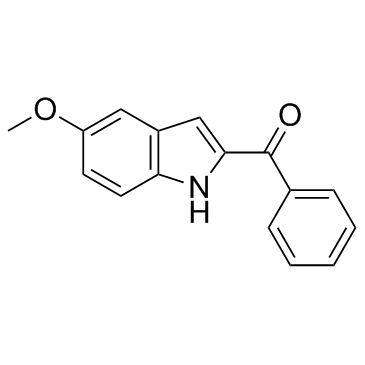
 CAS#:1252576-12-7
CAS#:1252576-12-7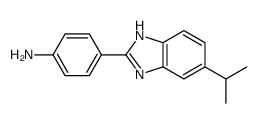 CAS#:5633-34-1
CAS#:5633-34-1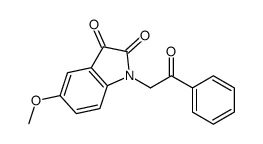 CAS#:74588-94-6
CAS#:74588-94-6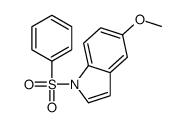 CAS#:56995-12-1
CAS#:56995-12-1 CAS#:370580-14-6
CAS#:370580-14-6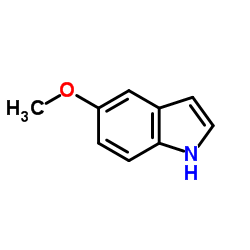 CAS#:1006-94-6
CAS#:1006-94-6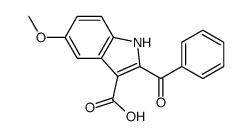 CAS#:74588-83-3
CAS#:74588-83-3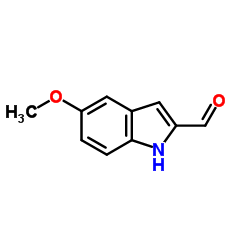 CAS#:21778-81-4
CAS#:21778-81-4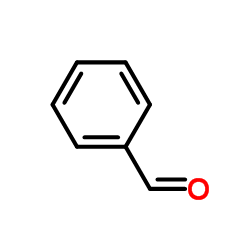 CAS#:100-52-7
CAS#:100-52-7